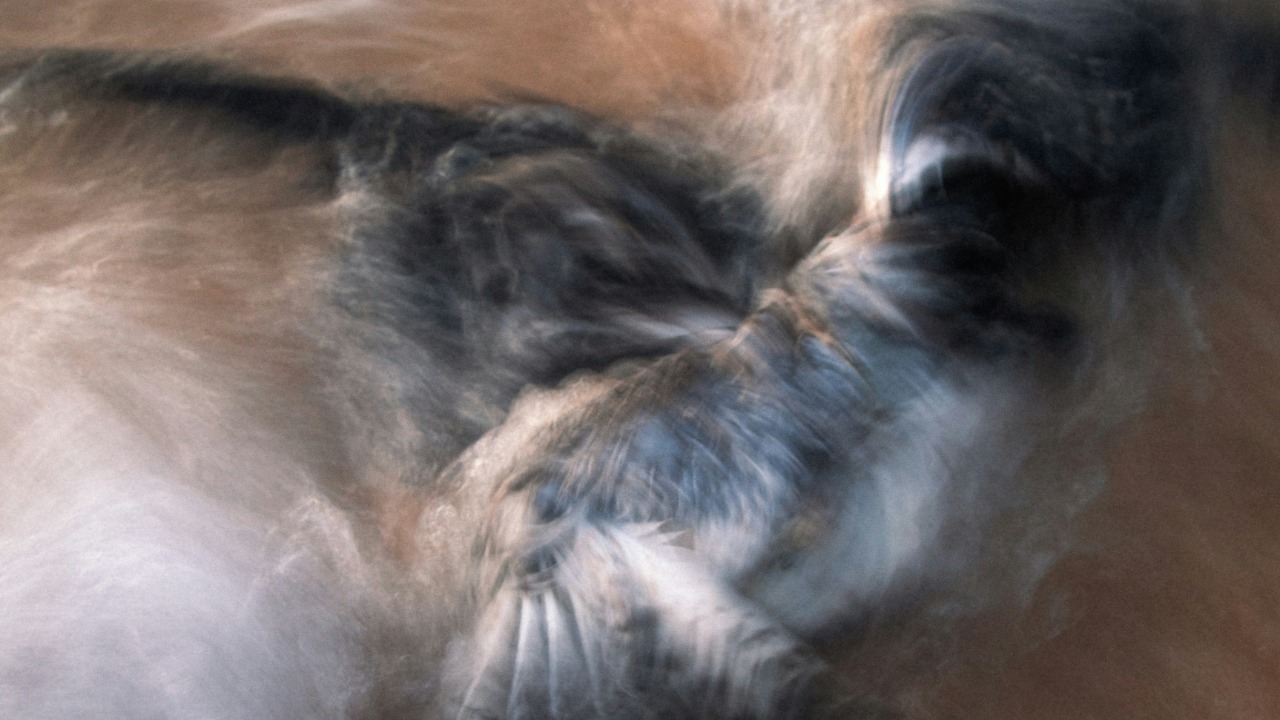
Scientists at NASA have recently made a significant breakthrough in our understanding of Mars’ atmospheric activity. Using data from the Mars Reconnaissance Orbiter, they have successfully mapped over 1,000 dust devils on the Red Planet. This comprehensive survey, particularly focusing on regions like Amazonis Planitia, has provided the first global overview of these transient whirlwinds, which play a crucial role in redistributing dust across the Martian surface.
What Are Dust Devils?
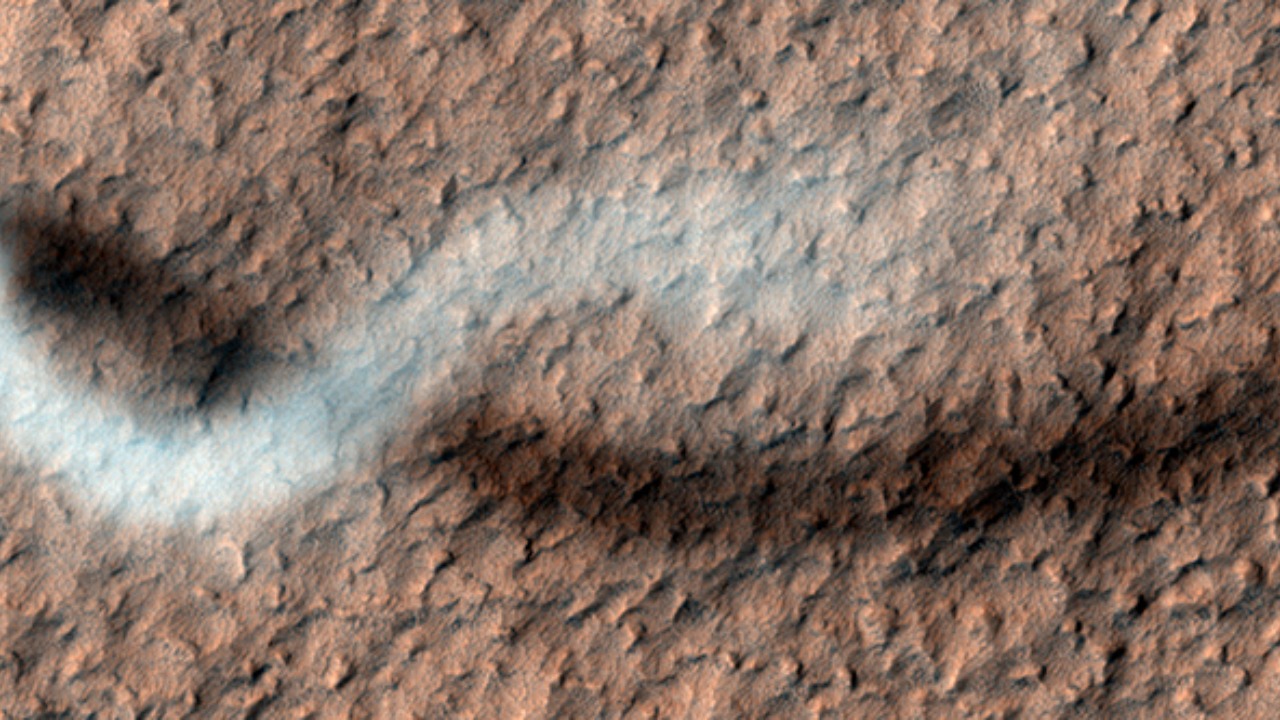
Dust devils are short-lived vortices created by hot ground air rising and twisting in the wind. On Earth, they typically last for a few minutes, but on Mars, due to the thin atmosphere, they can reach heights of several kilometers. These Martian dust devils differ significantly from their Earth counterparts in terms of scale and frequency. They are capable of lifting vast amounts of fine regolith, a layer of loose, heterogeneous material covering solid rock, which can obscure rover cameras or solar panels.
The observed characteristics of these dust devils are quite remarkable. Based on imaging data from past missions, they can have widths up to 100 meters and can travel at speeds of up to 50 km/h. These features make them a significant factor in the Martian environment, influencing both the landscape and the conditions for potential future missions.
The Mapping Mission
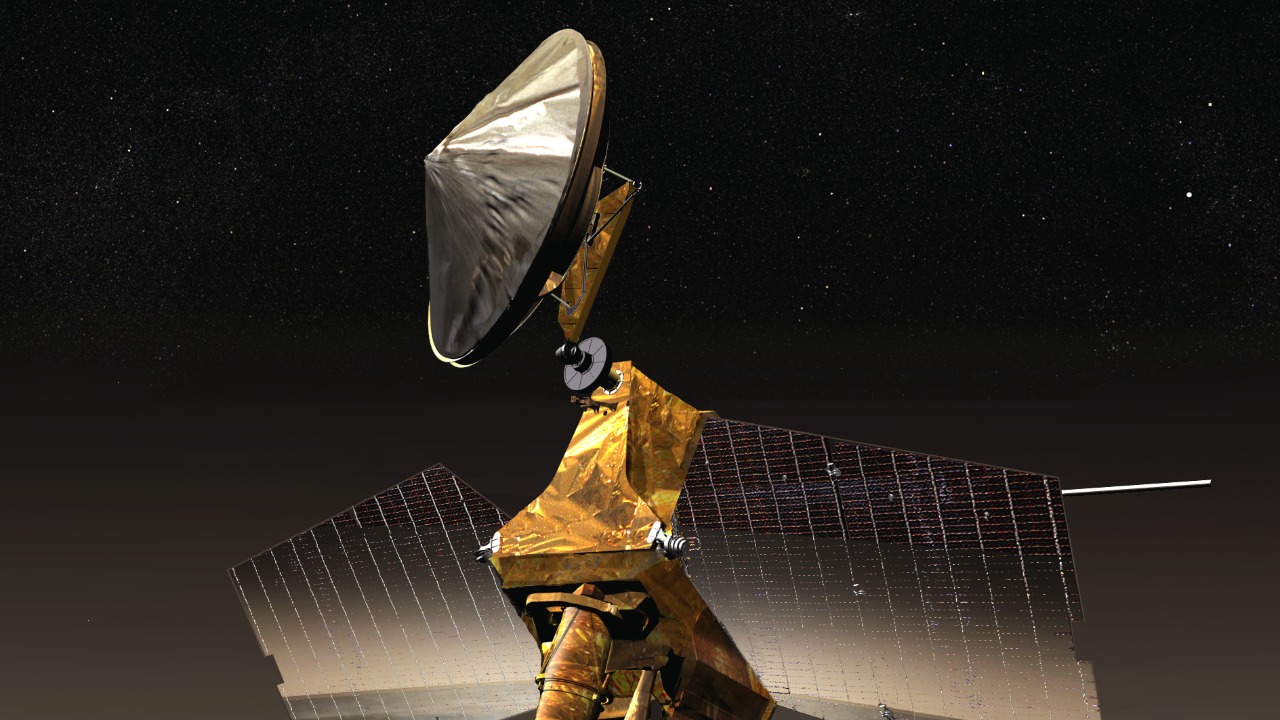
The High Resolution Imaging Science Experiment (HiRISE) camera on the Mars Reconnaissance Orbiter was instrumental in this mapping mission. It captured images spanning 15 years, which enabled the identification of 1,000 distinct dust devil tracks. The methodology involved analyzing the track patterns left by dust devils on the surface, which persist longer on Mars than the vortices themselves due to minimal erosion.
Lead researcher Mark Lemmon from Texas A&M University coordinated the global mapping effort. His team’s work has provided unprecedented insight into the behavior and distribution of dust devils on Mars, contributing significantly to our understanding of the planet’s atmospheric dynamics.
Key Locations and Patterns
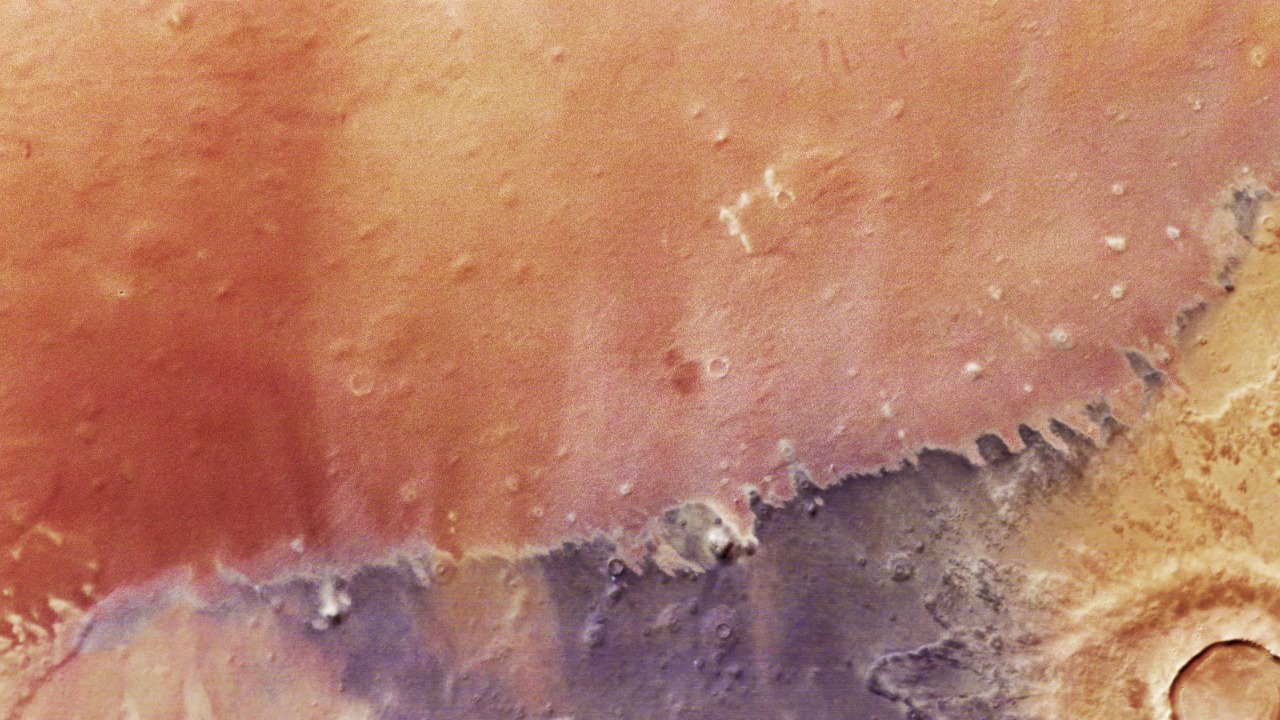
Amazonis Planitia emerged as a hotspot in this study, with over 500 dust devils mapped in this region alone. The data revealed a seasonal clustering of dust devils during the southern summer. This finding suggests that the formation of these whirlwinds is influenced by seasonal variations in the Martian climate.
In Arcadia Planitia, dust devils form linear tracks that indicate prevailing wind directions. This pattern provides valuable information about the atmospheric conditions in this region. In higher-latitude regions like Utopia Planitia, fewer but larger dust devils were observed, suggesting varying atmospheric stability across different regions of Mars.
Significance for Martian Climate
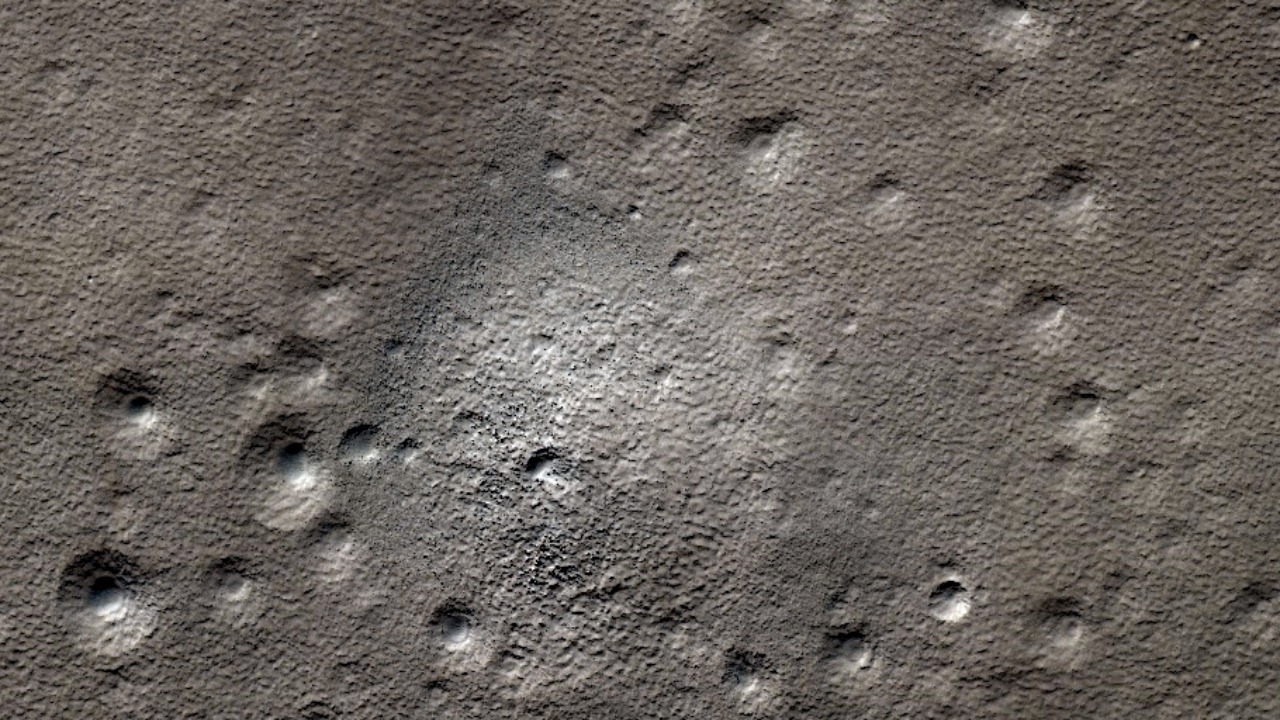
Dust devils play a significant role in the Martian climate by lifting particles into the atmosphere. This activity can affect temperature and visibility, which are crucial factors for future missions. There is also evidence that these whirlwinds contribute to clearing dust from solar-powered rovers like Opportunity, thereby extending their operational life.
Moreover, dust devils interact with larger dust storms, such as those observed in 2018. Understanding these interactions is vital for predicting weather patterns on Mars, which is crucial for the success of future missions.
Comparisons to Earth Analogues
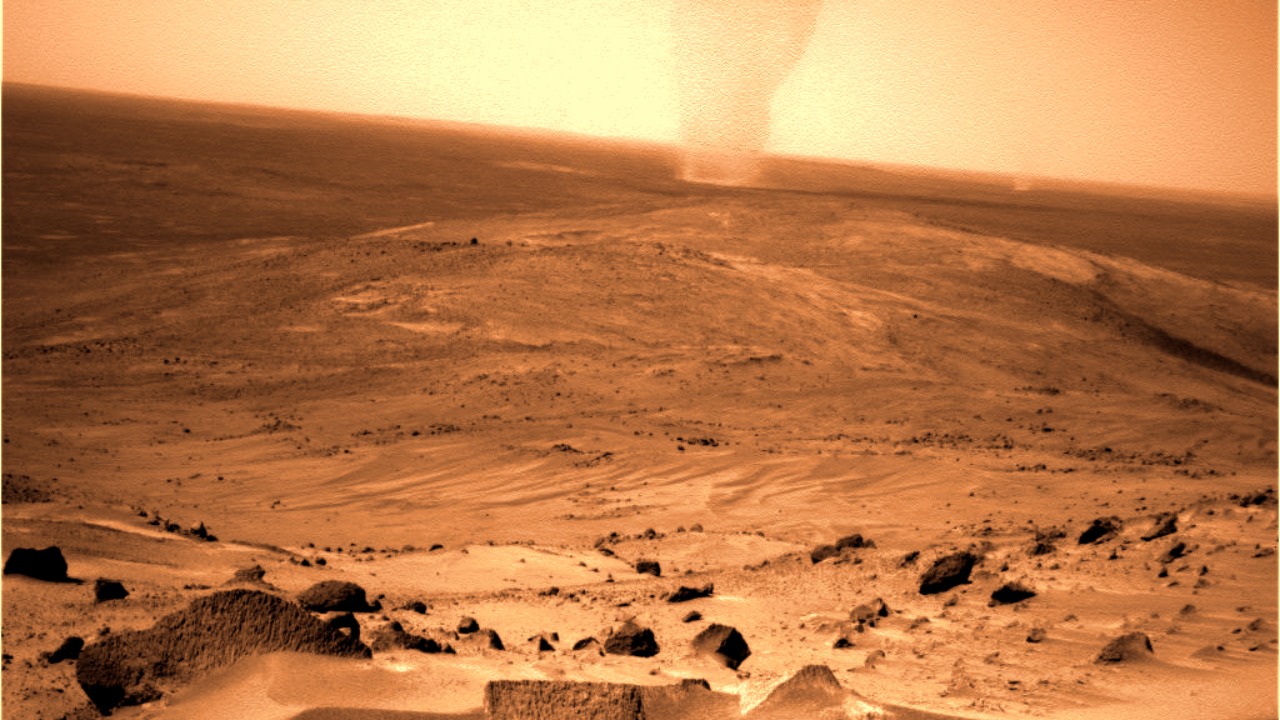
While Martian dust devils share similarities with Earth’s haboobs or desert whirlwinds in their formation, they differ in longevity due to differences in atmospheric density. Terrestrial studies in the Atacama Desert provide useful analogues for modeling Martian behavior and improving our predictive capabilities.
The mapping data from this study refines simulations of dust devil impacts on potential human exploration sites. This information will be invaluable in planning future missions and ensuring the safety of astronauts.
Future Implications and Research
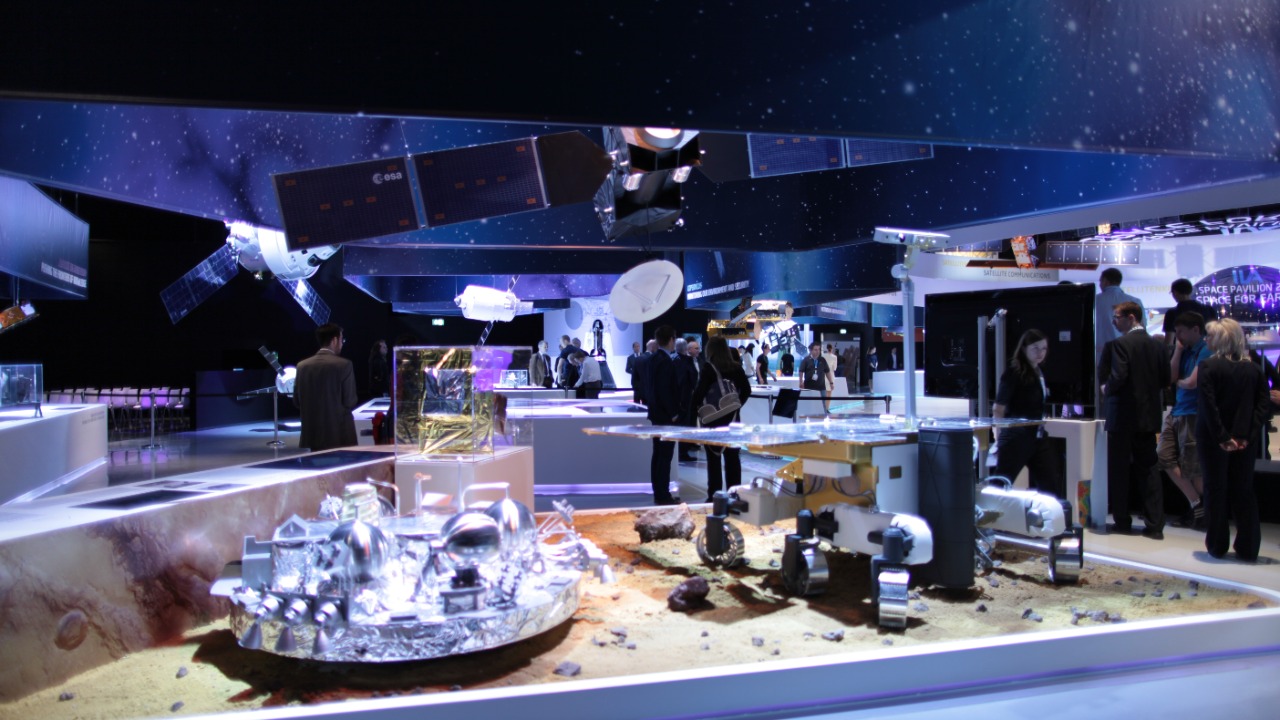
This mapping project has significant implications for future Mars missions. It aids in site selection for landings, allowing mission planners to avoid high dust devil zones and protect equipment like the Perseverance rover. Upcoming missions, such as the Mars Sample Return, could also benefit from enhanced weather forecasting models derived from the 1,000 tracked events.
Plans for continued monitoring with the ExoMars Trace Gas Orbiter will provide real-time data on dust devil activity. This ongoing research will further refine our understanding of Martian weather patterns and contribute to the success of future exploration efforts.
Overall, the mapping of 1,000 dust devils on Mars represents a significant step forward in our understanding of the Red Planet. It not only enhances our knowledge of Martian atmospheric dynamics but also provides valuable data for planning future missions. As we continue to explore Mars, studies like this will be crucial in ensuring the safety and success of our endeavors.